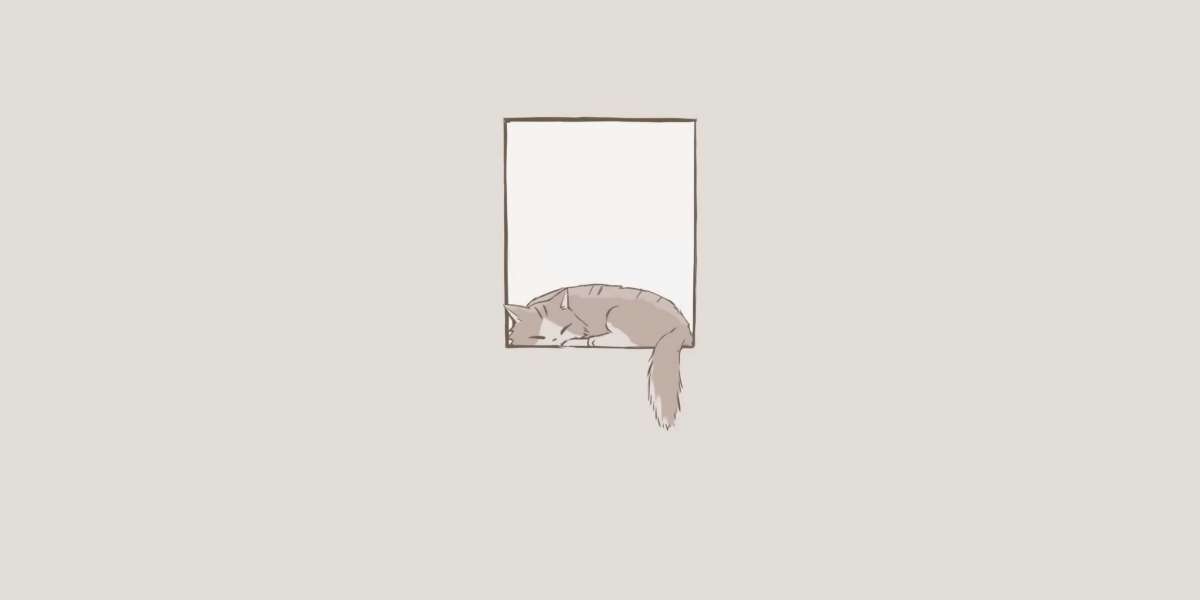The Risks Associated with Scary Contact Lenses
When it comes to creating a chilling effect in horror films, scary contact lenses play a crucial role. These special effects lenses can transform an actor's appearance, adding an extra layer of terror to their character. However, the use of these lenses comes with inherent risks that need to be carefully managed.

Eye Health Concerns
One of the primary dangers of using scary contact lenses in the film industry is the potential impact on eye health. Improper use of these lenses, such as wearing them for extended periods or failing to clean them properly, can lead to a range of eye issues. These may include corneal abrasions, infections, and even permanent vision loss.
Regulatory Compliance and Safety Standards
Another critical aspect to consider is the need for regulatory compliance and adherence to safety standards when using scary contact lenses on set. Production companies must ensure that the lenses used are FDA-approved and obtained from reputable sources. Failure to do so can result in legal repercussions and jeopardize the well-being of the actors.
Training and Supervision
Proper training and supervision are essential when it comes to the use of scary contact lenses in the film industry. Actors and makeup artists should undergo training on how to safely insert, remove, and care for these lenses. Additionally, there should be designated individuals on set responsible for overseeing the use of the lenses to prevent any mishaps.
In conclusion, while scary contact lenses can enhance the visual impact of horror films, it is crucial to prioritize the safety and well-being of everyone involved. By being aware of the risks associated with these lenses, ensuring regulatory compliance, and providing adequate training and supervision, production companies can create a spooky atmosphere on screen without compromising the health of their cast and crew.








